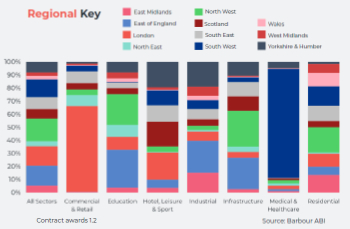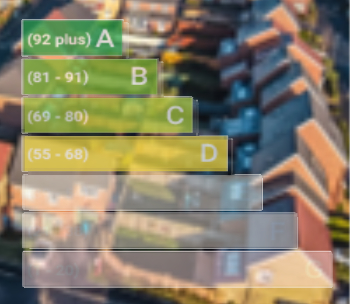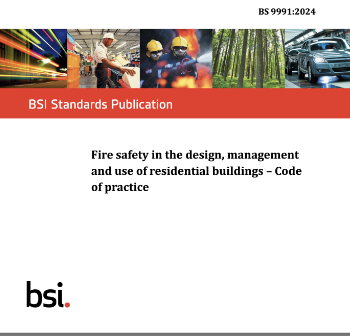Sound reduction index (SRI)
The sound reduction index (SRI, or sometimes just R) is a measure of the reduction in the intensity of sound when it passes through part of a building; in other words, the level of sound insulation provided. It is the difference between the sound intensity that hits one side of an object (such as a wall, door, window, partition and so on) and the sound intensity measured on the other side, expressed in decibels (dB).
When sound hits the surface of a material, some will be reflected, some will be absorbed by the material and some will be transmitted through it. By determining the SRI, the effectiveness of the element as an insulator (the amount of sound that it has prevented from passing from one side to another) can be assessed.
SRI is defined in the series of international standards ISO 16283 (parts 1-3). Standard testing methods, both in laboratory and field environments, have been established for measuring SRI.
In the USA, the sound transmission class rating is typically measured as the Noise Reduction Coeffiecient (NRC). This measurement is in the process of transitioning to the Sound Absorption Average (SAA).
NB Approved document E: Resistance to the passage of sound, 2003 edition incorporating 2004, 2010, 2013 and 2015 amendments, defines sound reduction index (R) as: ‘A quantity, measured in a laboratory, which characterises the sound insulating properties of a material or building element in a stated frequency band. See BS EN ISO 140-3:1995.’
[edit] Related articles on Designing Buildings
Featured articles and news
CLC and BSR process map for HRB approvals
One of the initial outputs of their weekly BSR meetings.
Building Safety Levy technical consultation response
Details of the planned levy now due in 2026.
Great British Energy install solar on school and NHS sites
200 schools and 200 NHS sites to get solar systems, as first project of the newly formed government initiative.
600 million for 60,000 more skilled construction workers
Announced by Treasury ahead of the Spring Statement.
The restoration of the novelist’s birthplace in Eastwood.
Life Critical Fire Safety External Wall System LCFS EWS
Breaking down what is meant by this now often used term.
PAC report on the Remediation of Dangerous Cladding
Recommendations on workforce, transparency, support, insurance, funding, fraud and mismanagement.
New towns, expanded settlements and housing delivery
Modular inquiry asks if new towns and expanded settlements are an effective means of delivering housing.
Building Engineering Business Survey Q1 2025
Survey shows growth remains flat as skill shortages and volatile pricing persist.
Construction contract awards remain buoyant
Infrastructure up but residential struggles.
Home builders call for suspension of Building Safety Levy
HBF with over 100 home builders write to the Chancellor.
CIOB Apprentice of the Year 2024/2025
CIOB names James Monk a quantity surveyor from Cambridge as the winner.
Warm Homes Plan and existing energy bill support policies
Breaking down what existing policies are and what they do.
Treasury responds to sector submission on Warm Homes
Trade associations call on Government to make good on manifesto pledge for the upgrading of 5 million homes.
A tour through Robotic Installation Systems for Elevators, Innovation Labs, MetaCore and PORT tech.
A dynamic brand built for impact stitched into BSRIA’s building fabric.
BS 9991:2024 and the recently published CLC advisory note
Fire safety in the design, management and use of residential buildings. Code of practice.























